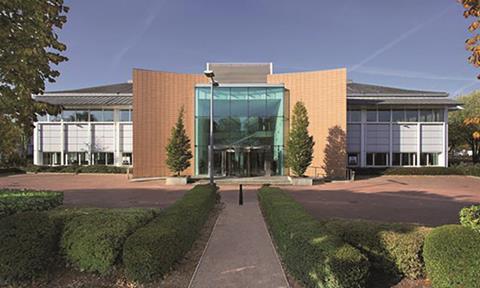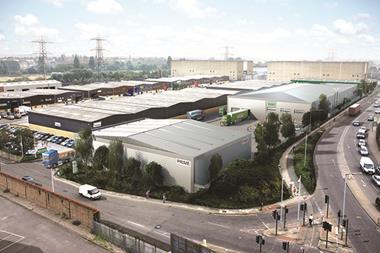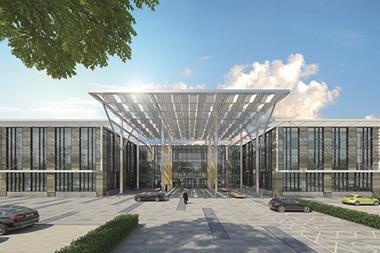Mixed-use schemes are becoming increasingly popular among consumers, employees, employers and tenants alike. Just this month we’ve heard of new mixed-use schemes in the pipeline across Watford, Birmingham, Cardiff and Swansea.

Whether it’s office mixed with leisure, residential mixed with retail or a combination, mixed-use schemes are increasingly suited to busy modern lifestyles. People do not want to be driving from supermarket to gym to work to home in one day if they can help it.
In this sense, you could say that mixed-use schemes free up time in a world where efficiency is valued. And there are certainly opportunities out there for investors who know where to find them.
The government’s regional spending drive and ‘northern powerhouse’ boost have seen a swathe of investment directed into major UK cities and it is not just new developments that are catching the eye. Some of these cities have seen investment in real estate slow in the post-war years and are packed with neglected buildings and sites ripe for transformation.
These are often located in areas that are easily accessed by large numbers of people, which makes them ideal for mixed-use development. So what is driving tenant demand for this kind of space?
Rippling out
First, with prices in London looking increasingly unaffordable, many businesses are looking to the capital’s periphery for office space. Here, where space is at less of a premium, there is an opportunity to think differently about what office space should look like. As such, we expect to see mixed-use sites become increasingly prominent on the outskirts of London.
For example, Stockley Park - the UK’s first business park - is located in Uxbridge. The site boasts a gym, a golf course, offices, childcare and a valet service, allowing work and leisure to sit comfortably alongside each other within easy reach of London and Heathrow.

Second, businesses are becoming as open-minded about the make-up of their offices as they are about location. Employers have cottoned on to the role a flexible workplace with access to amenities can play in driving productivity and employee satisfaction. For example, Lingfield Point in Darlington boasts creative workspaces with services including a nursery and a cycle route. With residential sitting alongside, this offers a real community feel that is entirely different from the usual office setup.
Employers have cottoned on to the role a flexible workplace with access to amenities can play in driving productivity and employee satisfaction
And it is not just businesses looking for office space that are increasingly open-minded about mixed-use sites. Employees are too.
Slowing ‘London brain drain’
Research from the Centre for Cities shows that, outside London, it is the cities of Manchester, Belfast and Birmingham that are heading up the UK regions’ graduate retention rates. With development in the likes of Manchester and Birmingham under way, we expect the so-called ‘London brain drain’ to slow down.
If this is the case, these cities could see increased numbers of young professionals looking for practical living accommodation close to work. Mixed-use sites may again provide the answer.
In addition to targeting new sites on the periphery of London and the regions, investors may also find opportunities in existing sites. Indeed, there are a number of office blocks, business parks and so on that could be diversified to better suit tenants’ needs and offer imaginative mixed-use environments.
We expect demand for mixed-use sites to increase as tenants become more discerning. This will create opportunities for investors who are able to think creatively about the purpose and development of assets.





























No comments yet